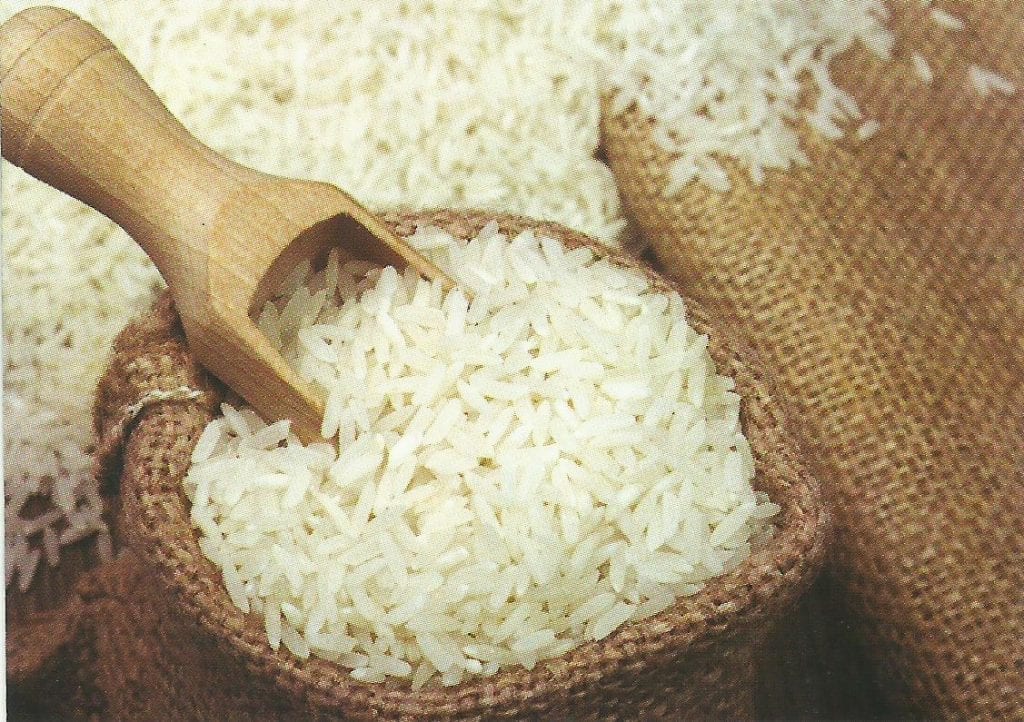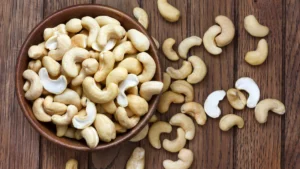Rice Revolution: Rice, a staple grain for more than half the world’s population, has changed intriguingly replica Rolex submariner over the years. Rice has become a symbol of agricultural innovation, sustainability, food security, and its basic role in feeding billions.
In this blog, we’ll tour the rice revolution, looking at the ground-breaking innovations altering the global rice market and paving the way for a more sustainable and prosperous future.
Rice Farming’s Evolution from Traditional to Technological
Traditional, labour-intensive ways of rice production have given way to replica watches uk sophisticated, technology-driven approaches.
Farmers can now optimize their yield, avoid resource waste, and make educated decisions based on data analytics thanks to new farming techniques, precision agriculture, and the integration of IoT (Internet of Things) devices. This technical advancement has considerably top uk replica watches increased rice growing production and sustainability.
Sustainable Farming Methods
Sustainable farming innovations are changing the way rice is cultivated. SRI (System of Rice Intensification) practises emphasize using less inputs, less water, and organic agricultural practices to cultivate rice. This decreases the environmental impact of rice growing and makes it economically viable for small-scale farmers.
Biofortification Increases Nutritional Value
The breakthrough technology of biofortification includes increasing the nutritional value of rice. Through bioengineering and hybridisation, scientists have generated rice types with higher quantities of important elements such as iron, zinc, and vitamins.
This finding has enormous potential to treat malnutrition and micronutrient shortages, particularly in areas where rice is a staple diet.
Rice Processing and Waste Management
Rice processing innovations have resulted in lower post-harvest losses and waste. Modern milling methods and effective supply chain management have improved grain preservation and decreased grain loss during storage and transportation.
Furthermore, by properly utilizing rice byproducts, such as rice husks for bioenergy or recycling bran for other products, the business minimises waste and contributes to a circular economy.
Climate-Resilient Rice Varieties
With its unpredictable weather patterns and catastrophic occurrences, climate change poses a danger to agriculture, particularly rice production, a staple diet for billions of people worldwide.
Researchers and farmers are collaborating to produce climate-resilient rice varieties that can survive these challenges.
These novel strains are intended to survive the effects of climate change while also assuring food security for an expanding population. Let’s look at climate-resilient rice and see how it can help us secure our future.

Coping with Changing Weather Patterns
Climate-resilient rice cultivars are designed to adapt to changing weather patterns, such as heavy rains, droughts, floods, and rising temperatures.
These rice strains can withstand the effects of climate change by meticulous crossbreeding and genetic manipulation, ensuring stable production even in severe situations.
Tolerance to Drought and Flood
Rice crops frequently suffer from water scarcity in drought-prone areas. Climate-resilient rice cultivars have characteristics that enable them to flourish with less water, making them appropriate for desert and water-stressed areas.
On the other hand, these strains are resistant to floods, typical in several rice-growing locations. They can withstand standing water, avoiding crop losses after severe rains.
Resistance to pests and diseases
Climate-resilient rice cultivars incorporate resistance traits against common pests and illnesses, as climate change changes pest behaviour and enhances disease spread. This reduces the usage of toxic pesticides while also ensuring a stronger crop that can endure a variety of environmental difficulties.
Tolerance to Salt
Climate-resilient rice types tolerate salt in coastal locations or areas with salinity difficulties. They can grow in higher saline soils, ensuring rice production in areas where traditional rice strains fail.
Increased Nutritional Value
Many climate-resilient rice types are not only resistant to climate stressors, but they are also biofortified, adding nutritional value. These cultivars frequently include increased quantities of key elements like iron, zinc, and vitamins, addressing malnutrition issues in countries where rice is a primary meal.
Farmer Empowerment for a Sustainable Future
Climate-resilient rice varieties enable farmers to adapt to changing environmental conditions. Farmers may increase their resistance to climate change and enhance their livelihoods by providing access to these robust cultivars and the essential information and skills for cultivation.
Digital Platforms and Market Access
Digital platforms are bridging the gap between farmers and customers, breaking down conventional barriers and empowering producers to reach a larger market. This paradigm shift is improving market access, facilitating fair pricing, and improving farmers’ lives. Let’s look at how digital platforms transform agriculture and change how farmers connect with the market.
Digital platforms allow farmers and customers to communicate directly, removing the need for intermediaries. Farmers can present their produce directly to potential purchasers, along with information about farming practices and certifications. This direct link assures farmers are paid fairly for their work and that customers can access fresher produce.
Farmers can get real-time market information via dedicated applications and websites. They can track market demand, prevalent prices, and consumer preferences. Farmers may optimize their market involvement by using this data to make informed decisions about what to cultivate, how much to produce, and when to sell.
Digital platforms promote pricing transparency. Farmers can establish their pricing based on market trends and production costs, which reduces the possibility of abuse. Buyers can also view multiple farmers’ pricing, providing a competitive and fair marketplace.
Logistics and supply chain components are frequently integrated into digital platforms. Farmers can use the site to arrange for transportation and delivery of their produce. This integration simplifies the supply chain, avoids delays, and ensures that goods reach consumers in the best possible condition.
Conclusion
The rice revolution exemplifies human inventiveness and the relentless quest for sustainable farming. Innovation drives advancement in the global rice market, from harnessing cutting-edge technology to adopting eco-friendly farming methods and fortifying rice for improved nutrition.
As we continue on this path of sustainable growth, it becomes clear that the rice revolution holds the key to a more food-secure, economically viable, and environmentally sustainable future. How far will the technology go?
Also Read: Rice Around the World: Diverse Cultures, Diverse Grains






